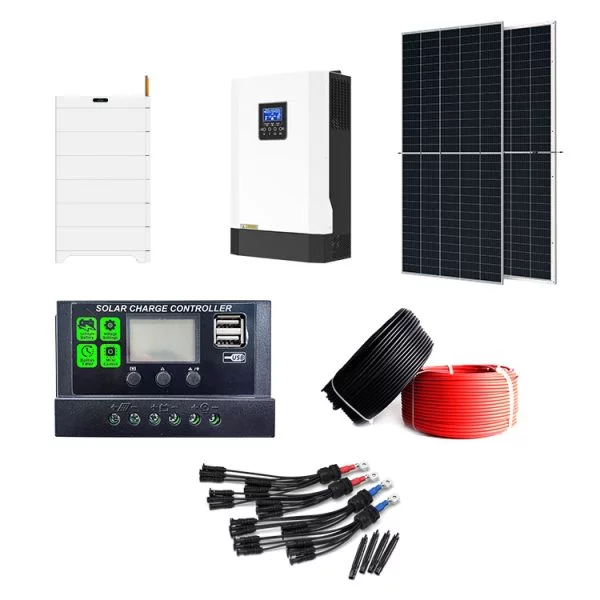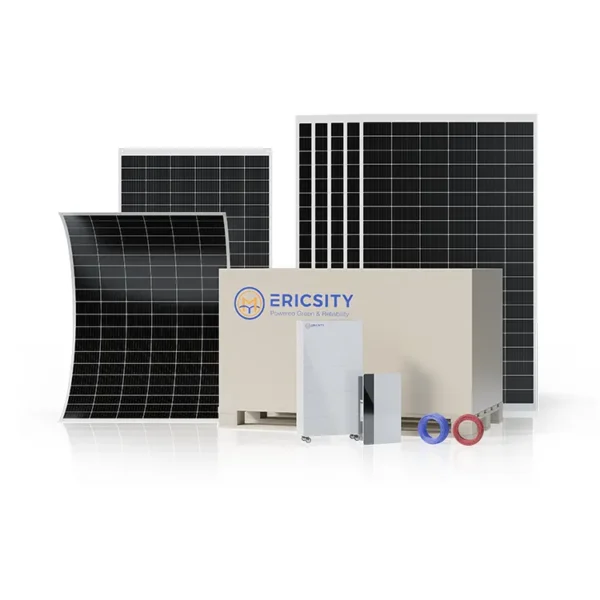HOT PRODUCT
Product Details
The Science Behind Solar Panel Sheets: How They Generate Electricity
The Science Behind Solar Panel Sheets: How They Generate Electricity
Solar energy has gained significant attention in recent years as a clean and sustainable alternative to traditional forms of energy. Solar panels, in particular, have become increasingly popular due to their ability to harness sunlight and convert it into usable electricity. While the concept of solar panels is well-known, the science behind their functionality may still be unclear to many. In this article, we will delve into the science behind solar panel sheets and explore how they generate electricity.
Solar panel sheets, also known as photovoltaic (PV) panels, are made up of multiple individual solar cells. These cells consist of semiconductor materials, usually silicon-based, that possess photovoltaic properties. The word “photovoltaic” refers to the ability of a material to generate an electric current when exposed to light.
The solar cell’s semiconductor material structure includes two layers: the p-type layer and the n-type layer. The p-type layer contains electron deficiencies or “holes,” while the n-type layer has an excess of electrons. When sunlight, which is composed of photons, interacts with the solar cell, the photons transfer their energy to the electrons in the semiconductor material.
This energy transfer frees up the electrons from the atoms in the semiconductor material, generating negatively charged electrons in the n-type layer and positively charged holes in the p-type layer. The areas with these extra electrons and holes are referred to as the electron-hole pairs or excitons.
The creation of these electron-hole pairs is the foundation of the photovoltaic effect. To harness the electrical energy, the semiconductor material is sandwiched between two conductive plates, known as electrodes. The top electrode, called the front contact or grid, is typically made of a transparent conducting material like indium tin oxide (ITO). It allows sunlight to pass through and prevents it from being reflected back.
The bottom electrode, also known as the back contact, is usually made of a metal like aluminum. These electrodes serve as terminals for the flow of electric current generated by the solar cell.
To complete the electrical circuit, an external load, such as a light bulb or battery, is connected to the solar cell. When the circuit is closed, the electron-hole pairs begin to separate due to the electric field created between the two layers. The negatively charged electrons are attracted to the positively charged holes, causing them to move in opposite directions towards the electrodes.
As the electrons move to the front electrode and the holes move to the back electrode, the movement of charge generates an electric current. This flow of electrons is what is referred to as electricity and can be utilized to power electrical devices or stored in batteries for later use.
It is worth noting that solar cells have multiple layers to optimize their efficiency. Anti-reflection coatings are used on the top layer to minimize light reflection, thus maximizing light absorption. Additionally, some solar cells may incorporate multiple semiconductor layers with varying bandgaps to capture a wider range of light wavelengths.


In summary, solar panel sheets generate electricity through the photovoltaic effect. When sunlight strikes the solar cell, it excites the electrons in the semiconductor material, creating electron-hole pairs. These pairs are then separated by the electric field within the solar cell, generating an electric current that can power various electronic devices or be stored. The ability to harness renewable solar energy through this scientific process plays a crucial role in reducing our dependence on fossil fuels and mitigating the impact of climate change.




